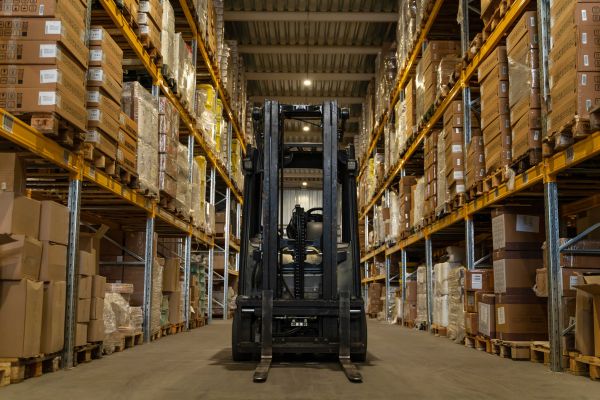When businesses find themselves with excess inventory, outdated equipment, or the need to downsize, one of the most effective ways to recoup losses and free up valuable space is through warehouse liquidation. This process involves selling off surplus assets, whether it be inventory, machinery, or fixtures, to interested buyers. In this article, we will delve into what warehouse liquidation entails, its benefits, and how it can be a strategic solution for businesses looking to optimize their operations.
Table of Contents
Toggle
What is Warehouse Liquidation?
Warehouse liquidation refers to the systematic and efficient process of selling off excess inventory, assets, and equipment in a warehouse. It allows businesses to quickly convert surplus items into cash while making space for more profitable and relevant products. Liquidation can be conducted through various channels, including online auctions, physical auctions, private sales, or partnering with liquidation companies.
Understanding the Process:
Assessment and Inventory: The first step in warehouse liquidation is conducting a thorough assessment of the surplus items. This involves taking inventory, identifying marketable assets, and evaluating their condition and value. Categorizing the items based on their resale potential and determining their market demand is crucial for an effective liquidation process.
Marketing and Promotion: Once the surplus assets are identified, the next step is to create a marketing strategy to attract potential buyers. This involves generating detailed descriptions, high-quality photographs, and accurate specifications of the items for sale. Utilizing online platforms, social media, and industry networks can significantly increase exposure and attract a wider pool of interested buyers.
Pricing and Negotiation: Setting the right price for surplus assets is essential to attract buyers and maximize returns. It requires conducting market research to determine fair market values, considering factors such as conditions, demand, and current market trends. Negotiations may be necessary to strike a deal that benefits both the seller and the buyerLogistics and Removal: After the sale is finalized, the logistics of transferring the assets to the buyer’s possession must be organized. This involves coordinating transportation, packaging, and ensuring proper documentation to facilitate a smooth transfer. Depending on the size and nature of the assets, professional movers or specialized equipment may be required.
What are the Benefits of Warehouse Liquidation?
Recover Capital: Liquidating surplus inventory and assets can provide an immediate influx of cash for businesses. This capital can be reinvested in more profitable areas, such as research and development, marketing campaigns, or upgrading infrastructure.
Optimize Warehouse Space: Clearing out excess inventory and assets creates valuable space that can be utilized for more relevant and profitable products. This streamlines operations improves efficiency, and allows for better organization within the warehouse.
Avoid Holding Costs: Excess inventory incurs holding costs, including storage fees, maintenance, and insurance expenses. Warehouse liquidation helps businesses avoid these ongoing costs and prevents further depreciation of surplus items.
Losses: In situations where a business is downsizing, facing bankruptcy, or undergoing closure, warehouse liquidation can help mitigate financial losses. Selling off assets at fair market value provides a means to recover some funds and minimize the impact on the overall financial health of the business.
Mitigate Losses: In situations where a business is downsizing, facing bankruptcy, or undergoing closure, warehouse liquidation can help mitigate financial losses. Selling off assets at fair market value provides a means to recover some funds and minimize the impact on the overall financial health of the business.
Conclusion:
Warehouse liquidation is a strategic solution for businesses facing surplus inventory, excess assets, or the need to downsize. By converting these items into cash, optimizing warehouse space, and reducing ongoing holding costs, businesses can improve their financial standing and streamline operations. Embracing the process of warehouse liquidation can be a valuable asset for businesses looking to adapt, grow, or recover from challenging circumstances.
For any questions related to this article, please contact info@liquidateproducts.com or (224)619-7639.
